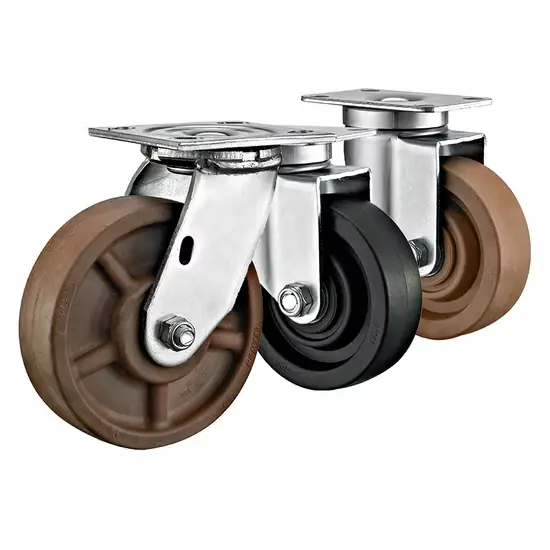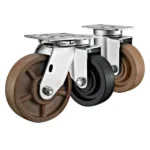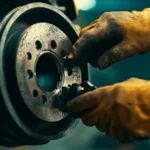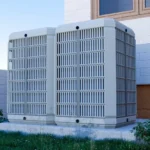Fire and heat have fascinated humans for thousands of years. From cooking food to powering engines, heat plays a vital role in our daily lives. But what does it mean to master heat? Imagine being a Heat Caster — someone who can control and use heat effectively, almost like wielding magic.
In this long-form article, we will explore the science, technology, and practical skills behind mastering heat. Whether you’re a beginner or simply curious, this guide will help you understand the power of heat and how to use it safely and smartly.
What Is a Heat Caster? Understanding the Concept
The term Heat Caster is a creative way to describe someone who harnesses heat energy purposefully. This could mean many things in different contexts:
- A blacksmith who uses fire and heat to shape metals.
- A scientist or engineer who works with thermal systems or heat transfer technology.
- A chef who controls temperature to cook meals perfectly.
- Technologists who design smart heating systems and devices.
- Even hobbyists who use heat tools for crafting.
The key idea is control and precision — mastering how heat behaves and using it to achieve specific goals.
Why Master Heat?
Heat affects almost every part of our life. Learning to control heat can help us:
- Save energy and money by using heating systems efficiently.
- Improve safety by preventing burns, fires, or equipment damage.
- Create new products and art by shaping materials with heat.
- Advance technology like electronics cooling and space travel.
The Science Behind Heat Mastery
To truly master heat, you need to understand some basic science:
- Heat is energy that moves from a hotter object to a cooler one.
- Heat transfer happens in three ways: conduction, convection, and radiation.
- The temperature measures how hot something is, while thermal energy is the total heat contained.
Understanding these principles helps heat casters predict and control heat flow in real life.
FAQ: How does heat actually move from one object to another?
Heat moves in three ways:
- Conduction: Direct contact, like a spoon heating up in hot soup.
- Convection: Movement of warm air or liquid, like hot air rising from a heater.
- Radiation: Heat traveling through space, like sunlight warming your skin.
Knowing this helps you manage heat safely and effectively.
Tools and Technologies Used by Heat Casters
Modern heat casters use many tools and devices to control heat with precision:
- Thermal imaging cameras show heat patterns invisible to the naked eye.
- Temperature sensors and thermostats measure and regulate heat.
- Welding and casting machines apply heat to metals for shaping or joining.
- Induction cooktops and lasers use focused heat energy for cutting or cooking.
Helpful Tip: Start Simple
If you’re new to heat mastery, start with everyday tools like kitchen ovens, soldering irons, or temperature apps. Practice controlling heat gradually before using advanced equipment.
Practical Examples of Heat Mastery
Here are some real-world ways heat casters apply their skills:
1. In the Kitchen
Chefs control heat zones on a stove to cook meat evenly, use a thermometer to check doneness, and bake with precise oven temperatures. This is everyday heat mastery!
2. In Manufacturing
Heat casters in factories use furnaces to melt metals, weld parts together, or shape glass. Precise temperature control ensures product quality and worker safety.
3. In Technology
Computers generate heat when running. Engineers design heat sinks and cooling systems to keep components from overheating and failing.
FAQ: Can controlling heat really improve product quality?
Absolutely! For example, in metal casting, controlling the temperature ensures the metal cools evenly, reducing cracks and weak spots. In cooking, correct heat prevents food from burning or undercooking.
Safety First: Handling Heat Responsibly
Mastering heat means respecting its dangers:
- Always wear protective gear when working with open flames or hot tools.
- Keep fire extinguishers nearby.
- Use heat-resistant gloves and safety glasses.
- Never leave heat sources unattended.
Understanding heat behavior helps prevent accidents before they happen.
Can AI and Robotics Be Heat Casters?
The future of heat mastery includes smart systems that control heat automatically. AI-powered thermostats learn your habits to save energy. Robots in factories manage precise heating processes for quality and safety.
These technologies expand human ability, allowing heat to be “cast” with amazing precision.
Helpful Tip: Learn About Smart Home Heating
Try installing a smart thermostat to control your home’s heating remotely. You’ll save energy and see how technology can make heat mastery easy and efficient.
Why Everyone Can Be a Heat Caster
You don’t need to be a scientist or technician to master heat. Simple steps like:
- Monitoring cooking temperatures.
- Using insulation to keep homes warm.
- Safely soldering electronics.
All show heat mastery on a personal level. Learning about heat empowers you to improve daily life and explore exciting technologies.
Conclusion: Harness Heat, Create Magic
Mastering heat isn’t magic — it’s knowledge, skill, and respect for one of nature’s strongest forces. Whether you’re cooking dinner, designing technology, or crafting art, controlling heat can unlock creativity, safety, and efficiency.
By understanding how heat works and practicing smart techniques, you can become a true Heat Caster — turning fire’s raw power into something useful, precise, and even magical.










